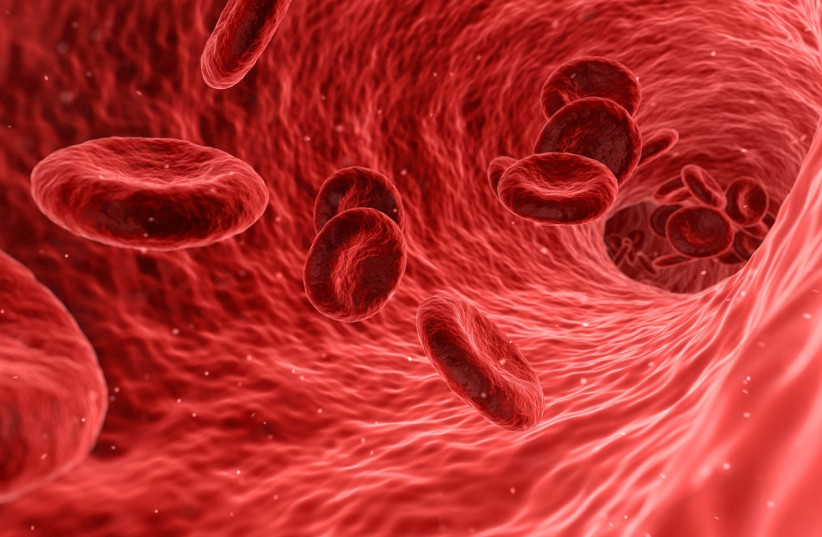Sickle cell anemia is an inherited disorder of red blood cells.
Normal red blood cells are round and move easily through the body to supply oxygen to all parts of it. People with sickle cell anemia have red blood cells that are shaped like sickles. These cells die early, meaning they don't supply the necessary oxygen to the person's body.
Another issues is that when these cells travel through the blood vessels, they often get stuck, clogging the blood flow.
As a genetic disorder, sickle cell anemia is present from birth and presents in patients who inherit the gene for sickle cell anemia from both parents.
What are the symptoms of sickle cell anemia?

The three main symptoms for sickle cell anemia are pain in particular parts of the body, frequent infections and anemia.
Since sickle cell anemia presents differently in each person, these three symptoms can appear to varying degrees in each person.
Apart from these symptoms, patients of sickle cell anemia may experience a variety of other side effects that are managed specifically as they appear.
How is sickle cell anemia diagnosed?
Sickle cell anemia is diagnosed with a simple blood test and is usually discovered soon after birth during regular newborn screening tests.
For parents who are concerned that their baby may be born with the disorder, they diagnosis can also be made with tests before the birth.
Can sickle cell be cured?
Treatment for sickle cell anemia varies from patient to patient. Doctors will assess their patient's symptoms and the severity of the disease and prescribe treatment accordingly.
A possible cure is bone marrow or stem cell transplants. However, since the treatment is very risky and can even cause death, it is only used for the most severe cases.
